
What used to be considered as everlasting is now looked upon as being in danger of running out. People are becoming much more aware of dwindling resources and environmentally unfriendly practices.
While water may not be about to run out, it is still something that people waste every single day. According to Nature Research Journals, we are heading for a shortage of water. More than a billion people on our planet live without fresh water every day, and yet in first world countries, it is flushed down the drain without thought at times.
Here are some ways you can look at your own water usage, wastage, and how to consider saving water and, in doing so, saving yourself money and helping the planet just a little bit.
Fixing leaks
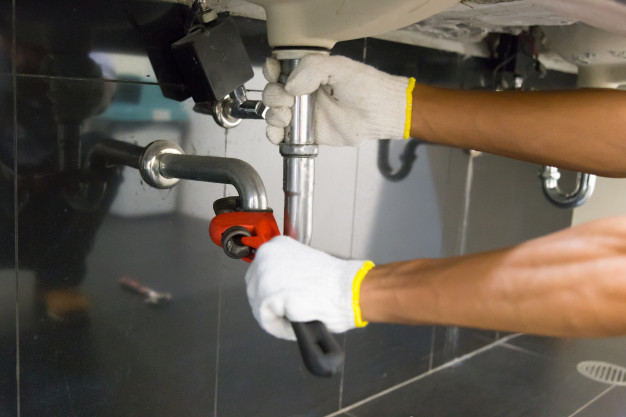
One area of wasted water is from leaks. There are some leaks that you can note from observation. The presence of a green patch within your compound can be an indication of a leak. However, some leaks can be tricky to note as it may be happening underground without you even noticing. If you have a pump to help water flow, you may notice it running when there are no taps open. This is a sure sign of a leak somewhere and needs to be investigated. Ensure that you have an expert come and inspect your pipes once in a while.
Tankless water heaters
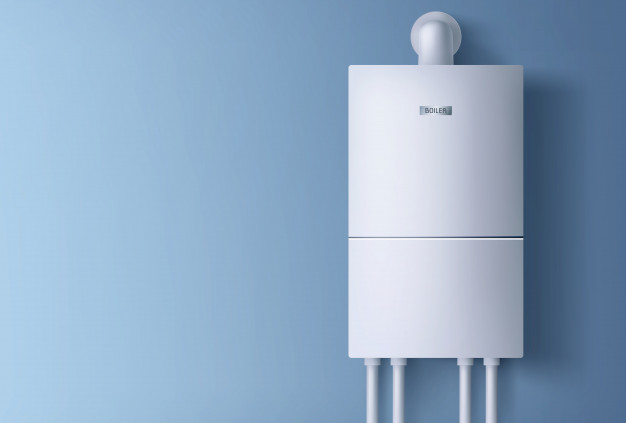
If your traditional water heating tank is coming to the end of its life, you might want to consider a tankless version. These modern heaters, don’t have a tank, so there is no storage of water. They only heat water on demand, i.e., when you open up the water in your shower. There is various models on the market today. Happily, most of them you can find online, on websites such as WaterHeaterHub.
This means that you save on electricity for heating the water, and when you turn on the tap, there is less cold water to run off, which invariably goes straight down that plughole.
Burst pipes
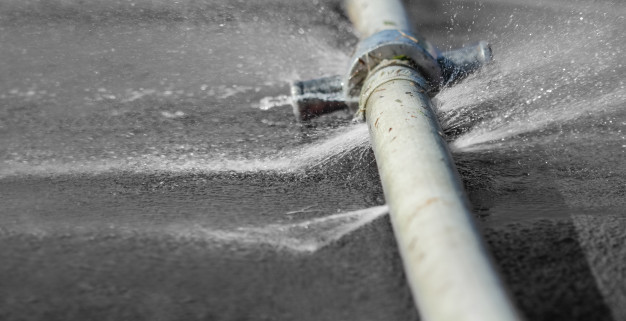
This is a problem that may happen in winter when water freezes and then expands, breaking the pipe. It could also happen due to undue water pressure on fragile older piping. Weather variations are always a threat to the survival of pipes. You must thus prepare such pipes for weather variations or have an expert fix them after seasonal changes.
Modern houses often have more than one bathroom, which means family members showering and using water simultaneously. The volume of water flowing through the house might exceed what your old pipes can take. To compute the flow rate of the pipe would mean using a special calculator, which you can find online at this website. Specialized plumbers can look at your water system and advise if it needs modernizing.
Older houses can have pipes that are too narrow for the flow rate of water from modern appliances and general usage. The flow rate can be applied to gas pipes too. Modern bathrooms and walk-in showers need to be fitted by professionals, so check with them about your current plumbing.
Washing machines vs. hand washing

You love your washer because it takes away that chore from you and saves time, but it can be very uneconomical with water and energy. If you have the time, consider hand washing clothes, even if it is in the shower while you wash.
If you use a washing machine, make sure the load is full, so the machine is being used to the max and wasting less water. As an aside, you could also switch to cold washing and save yourself around 90% on electricity usage too. Ensure that you use washing machines with an energy-star rating to reduce energy consumption in your home.
Pouring money down the drain

One area that everyone could do better is the amount of water that is sent needlessly down the drain. Did you ever pour some water from a tap into a glass, drink half, and then pour the rest away? You are not the only one. This water could be added to a jug or bucket and used on flowers and plants instead of just being wasted. You hear about renewable energy for your home, so why not reusable water? You might be able to save water by using modern ECO friendly faucets and taps. You can as well invest in a system that recycles water in your home. Such an approach ensures that you do not get high water bills every end month.
Programmed faucets
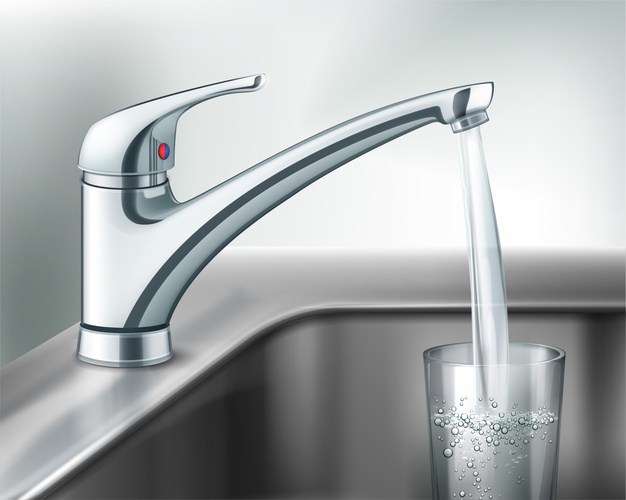
There are now a few options for you to change your old style faucets to water-saving versions. Some of these are programmed to run just the right amount for various purposes such as filling a mug or kettle. Others have a feature to shut themselves off so they are never left open for too long.
While you are thinking about faucets, what about that dripping tap in the bathroom? Simply changing a washer might be enough to save all that wasted water. Remember the money you will save too.
Take advantage of rainwater
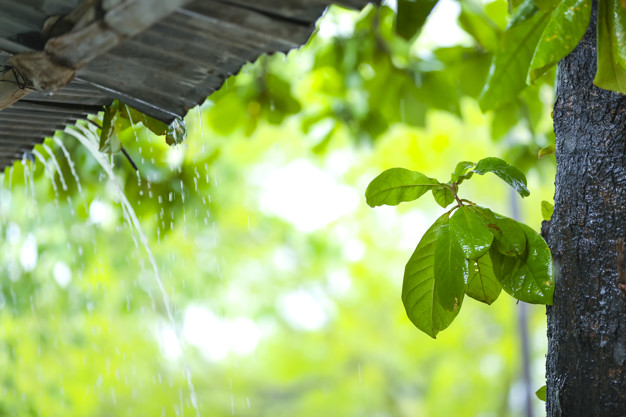
Water is supposed to be a natural resource. However, it has now been commercialized but you can still take charge. The water that drains through your roofs can be put into better use and reduce your reliance on water suppliers. You just need to fit your roofing system with gutters and tap the water into a storage tank. You can treat the water before utilizing it for domestic use. However, you can use it the way it is when tending to plants and flowers in your home garden.
Summary
While some changes might involve changing plumbing systems to increase flow rates and reduce the chance of blockages, most things could be implemented very easily to help to stop wasting water. You could just start waiting for a full load before putting a wash in the machine. You might want to switch baths for showers and if you want to make it fun you could share one with your partner. Saving water is as simple as not having flowing water while brushing your teeth or washing plates.








